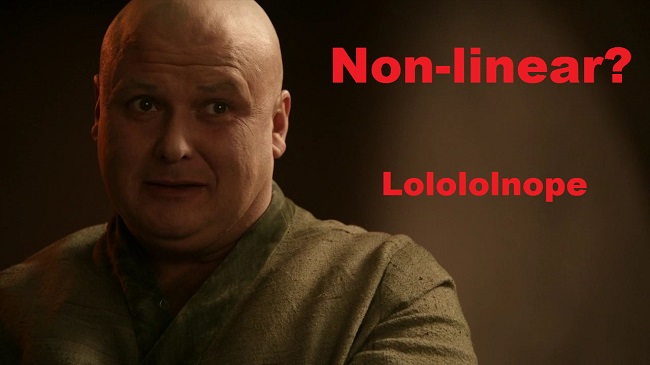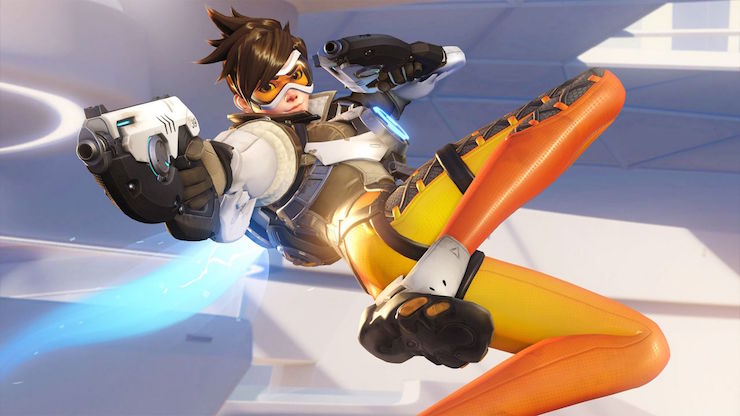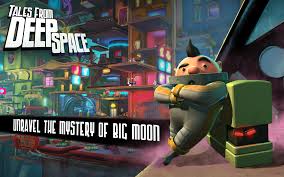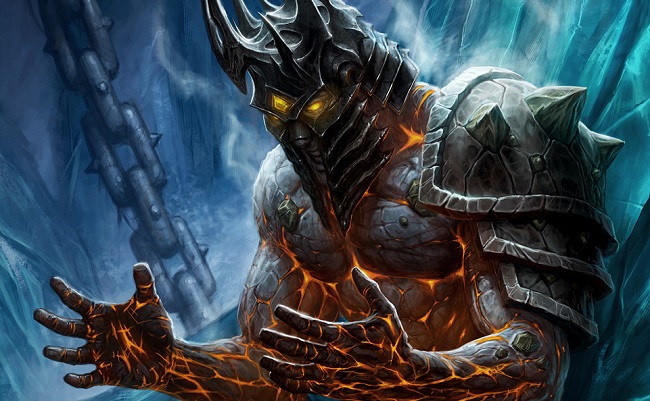Earlier today as I was watching my favorite nostalgic fan stream, I was hit with one of those nagging, persistent questions that weigh on your mind until you discover the answer. A show I didn’t recognize had come on; it was a live-action comedy show called Taina that had aired on Nickelodeon in the early 2000’s. In many ways it’s similar to most live-action comedies geared at kids and teenagers Nick put outs out (and, arguably, has always put out): a young adolescent has a dream of making it big in some creative field and gets in wacky and sometimes dramatic situations with her friends and family while trying to obtain that dream. However there was one large difference that made Taina stand out: Taina was a latina, Puerto Rican specifically, the cast was almost entirely made up of people of color, and her heritage was an important aspect in her life and family. It’s not ultimately my place to determine whether or not this counts as proper representation as I’m not latina, but it certainly was refreshing to see her race and heritage weren’t just glossed over and was, instead, celebrated. Although admittedly I don’t watch as much of current children’s programming now as I used to, as I watched Taina I couldn’t help but think that there was something missing in terms of diversity in more “modern” children’s programming. Had diversity actually decreased since the the 90’s and early 2000’s? I needed to investigate for myself and explore the reasons as to why this might be.
This eventually lead me to my mico “study.” Taking a list of programming (both animated and live action) broadcast by both Cartoon Network and Nickelodeon (I had intended to include Disney Channel as well, but ran out of time) since 1990, I narrowed down my focus to original programming for the sake of simplicity and time. From there I divided up the years by decades: 1990 – 1999, 2000 – 2009, and 2010 – 2014. I then went through the series list, marking down what were deemed by the series’ Wikipedia page as the show’s main characters. I then went through those main characters, marking down how many main characters there were, how many of them were female, how many were people of color, and how many were not human or who were of an indistinguishable race for each year tier. Even if a character was not human, if there was a self-identified or assigned gender to the character I counted it under that category. If a show had a broadcast run that spanned more than one tier, it was included in every tier that it aired on. The unaccounted for percentages are main characters who are white and/or male. Ultimately the results were as follows:
Cartoon Network
1990 – 1999: 37 total main characters, 10 female main characters (27% of total), 2 PoC main characters (5% of total), and 8 non-human/indistinguishably raced main characters (22% of total).
2000 – 2010: 138 total main characters, 39 female main characters (28% of total), 24 PoC main characters (17% of total), and 57 non-human/indistinguishably raced main characters (41% of total).
2010 – 2014: 102 total main characters, 21 female main characters (21% of total), 11 PoC main characters (11% of total), and 49 non-human/indistinguishably raced main characters (48% of total).
Nickelodeon
1990 – 1999: 152 total main characters, 54 female main characters (36% of total), 37 PoC main characters (24% of total), and 49 non-human/indistinguishably raced main characters (32% of total).
2000 – 2010: 238 total main characters, 91 female main characters (38% of total), 77 PoC main characters (32% of total), and 35 non-human/indistinguishably raced main characters (15% of total).
2010 – 2014: 208 total main characters, 65 female main characters (31% of total), 43 PoC main characters (21% of total), and 68 non-human/indistinguishably raced main characters (33% of total).
On both Nickelodeon and Cartoon Network, the percentage of female characters was highest from 2000 to 2009 and the lowest from 2010 to the present. The amount of characters of color followed the same trend on both networks as well, with the highest percentage of said characters in the 2000 to 2009 tier and the lowest in the 2010 to present tier. On Cartoon Network the amount of non-human or indistinguishably raced characters increased each year fairly drastically, with 2010 to present having the highest number. Nickelodeon ended with a similar result, but their 2000 to 2010 slot decreased drastically in the percentage of non-human or indistinguishably raced characters before rising back up.
It seems that my predictions were fairly accurate. Despite the fact that on both networks, the 2000 to 2009 tier was more diverse than the previous 1990 – 1999 tier, there has been a decrease in quantifiable diversity in more recent children’s programming. Although still much lower than it really should be, the 2000’s seem to have been, just based on my quick findings, the most diverse time for children’s programming.
I believe that this trend, specifically the decrease in characters of color, can be at least partially attributed to the modern trend of creating cartoon characters and universes with animals and/or inanimate objects as the characters. Although this could certainly be a stylistic choice, it can also been seen as a way to “sidestep” or “dodge” having to display proper diversity and representation in a cartoon. By stripping our societal notions of race away and giving human traits and sentience to normally inanimate objects, the result is a cartoon that contributes to the detrimental “colorblind” form of racism. While creativity and imagination in cartoons is great, ignoring the topic of race not only denies children of color the ability to see themselves represented in the media but, rather than highlighting the differences of each culture/race and encouraging diversity and education like Taina, that opportunity is lost.
However this ultimately points out in stark numbers just how far behind we continue to be in terms of equal representation in children’s media. Female characters are far less than the half of the total amount of main character makeup they should be, and that was even being fairly lax with the distinction of a “main character” title. Removing everyone but the main protagonist(s) would reduce that number fairly significantly. The same also goes for characters of color; much of those numbers were the result of a few shows that had a large PoC cast rather than multiple shows featuring multiple or even one character of color.
If there is anything to be proven with my makeshift study it’s that children’s television might be losing some of the diversity that it gained in the last decade, a disappointing trend and one that makes me fear we’re headed in the wrong direction for representation in children’s media.




